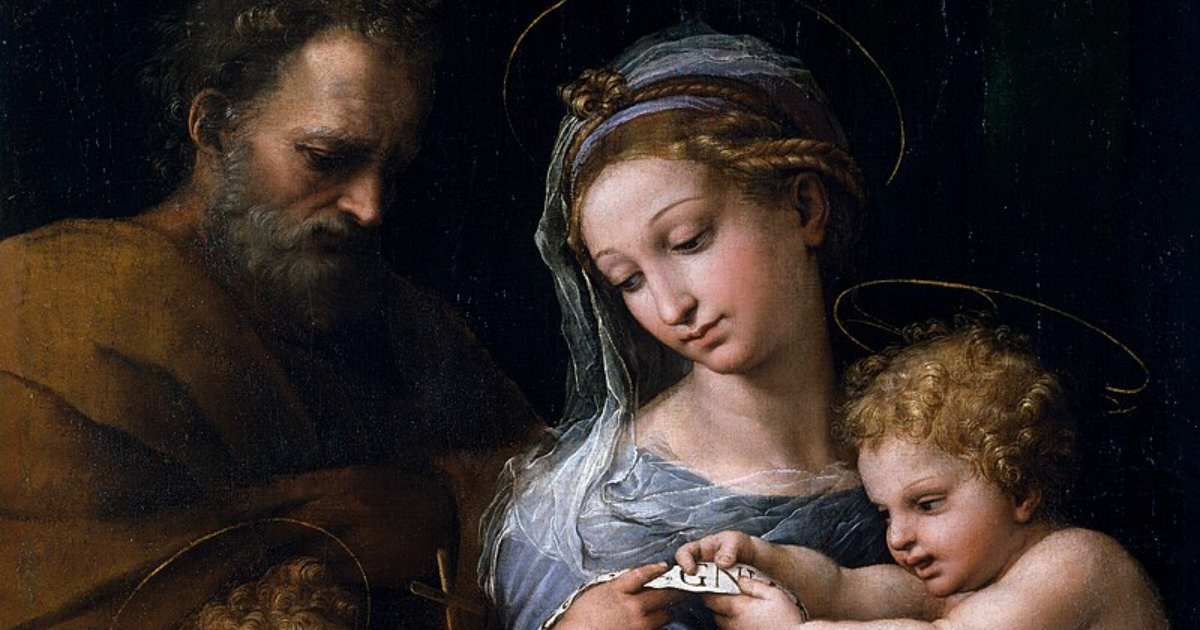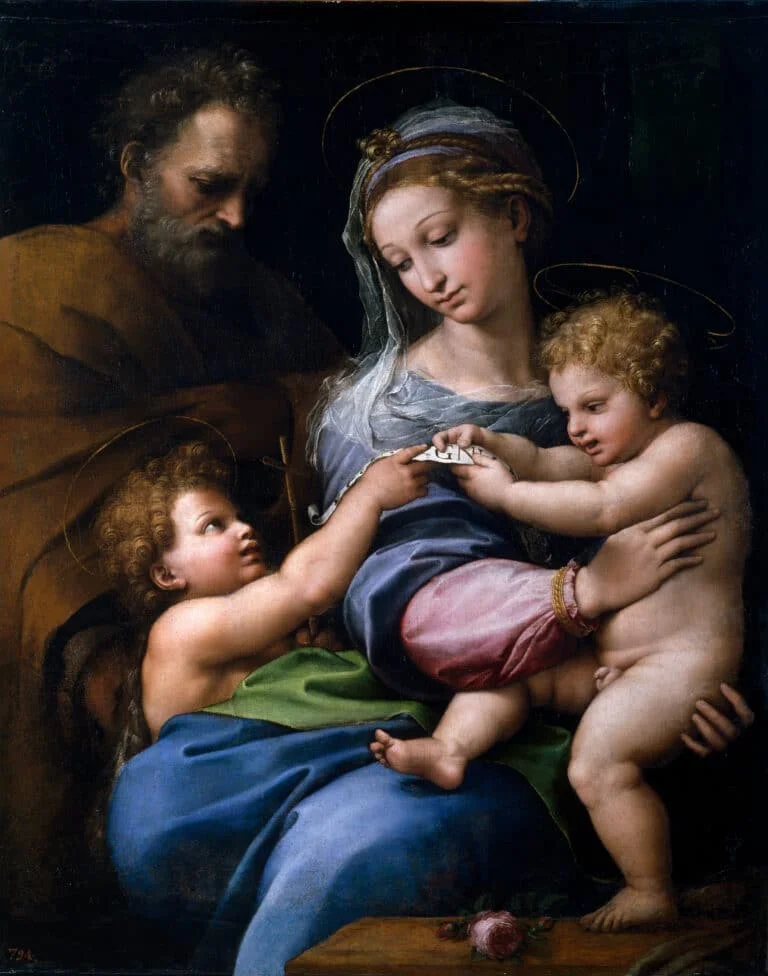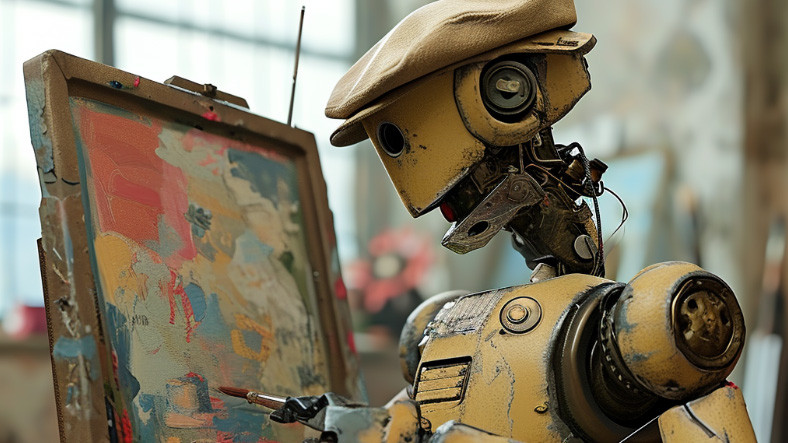With the help of machine learning, an international group of scientists learned that the “Madonna with a Rose”, the heroine of the canvas by Raphael Santi, one of the greatest artists of the Renaissance, was probably painted by another artist.
The Italian painter’s canvas, painted around 1517 and today kept in the Prado Museum in Madrid, has long excited the imagination of art critics. Even a lay eye can catch the stylistic difference between the faces of the characters in the foreground – the Virgin Mary with Jesus in her arms, John the Baptist as a baby – and St. Joseph in the background. Therefore, many experts assumed that Raphael helped his students create a masterpiece.
Thus, Professor Meyer zur Capellen, one of the researchers studying the artist’s work, assumed that the lower part of the painting and the rose were painted by one of his graduate students. It was most likely contributed by an artist named Giulio Romano. Another candidate for this role is Gianfrancesco Penni. Although in Spain, Raphael’s authorship of the entire canvas was never denied.
To resolve the dispute, scientists from the universities of Bradford, Nottingham (Great Britain) and Stanford (USA) took up the issue. They developed an algorithm that allows you to determine the authenticity of Raphael’s paintings with up to 98 percent accuracy. The scientists’ research is presented in the journal Heritage Science.
“Using in-depth analysis, we tested images of original Raphael paintings to teach the computer to recognize his style in great detail, from brushstrokes, color palette, shading to overall composition. AI sees much deeper than the human eye: it has the ability to evaluate something at a microscopic level.” said Hassan Ughail, Director of the Center for Visual Computing and Intelligent Systems at the University of Bradford.
The method uses the three-level approach most common for neural networks. It retrieved objects from a predefined dataset using a trained ResNet50 neural model. SVM classifier was then used for the output results. At the end of training, the model’s performance was evaluated using a series of tests.
When scientists analyze the picture as a whole, the result cannot be called unambiguous. Then they started testing the parts one by one. It turned out that three figures on the canvas – Madonna, Jesus and John the Baptist – were definitely painted by Raphael. But the machine doubted that he was drawing St. Joseph. Scientists have assumed that the authorship of this hero of the “Madonna with a Rose” belongs to the above-mentioned Giulio Romano, the most prominent student of Raphael.
“Most computer research in the field of art, including ours, is focused on increasing the level of knowledge of specialists. The results of the study should not be considered as a final verdict, but as a step towards improving the understanding of the authorship of this or that work.” said David Stork of Stanford University, one of the study’s co-authors.














